For a spanish-only version of the story, click here
Para obtener una versión de la historia solo en español, haga clic aquí
Quinindé: A canton of Ecuador in the Esmeraldas Province, located in the coastal region not far from Ecuador’s breathtaking mountains and jungles. For many, this city is a dream vacation spot. For natives, it’s a place of constant adaptability and survival, filled with college students, families and hard workers chasing their dreams and trying to make a living. For 21-year-old Carlos “CarlosTD” Delgado, Quinindé is where he began pursuing his esports dreams with the support of loving family and friends. Despite a crippling condition and financial strain, the Free Fire player is on the path to being one of the most exceptional pros in the game.
“I am 21 years old and I am from Quinindé, proudly Ecuadorian!” CarlosTD exclaimed.
Like many Ecuadorians, his pride stems from the vibrant everyday life in the South American country. Regardless of poverty, natives appreciate Ecuador’s resources, exotic animals, food, nature, and architecture. Still, the poverty rate for Quinindé, in particular, is 42% according to the World Bank Water Supply, Sanitation and Hygiene Poverty Diagnostic Initiative. Due to low income for many families, those who play video games to escape everyday duties, such as school work or chores, often use outdated PC’s, phones and consoles. CarlosTD wasn’t much different growing up.
Free to compete

As a college student, CarlosTD spent time at home while studying Agricultural Engineering at the Technical University of Manabí for a better future. The brightly-colored buildings on campus offered a strong 10-semester program for him, and as a student in one of Ecuador’s top universities, his studies looked promising. Quinindé’s agriculture is also a large part of its economic development, so there was a good chance for him to earn a living in that field.
Aside from studying, CarlosTD also had some free time to dedicate to his hobbies. But soon enough, CarlosTD began his esports career without even meaning to.
“I knew about Free Fire when I started college,” he said. “I remember how I still didn’t have access to a PC to play Dota 2 at that time, so I chose to find some other game to entertain myself.”
He put his hopes of playing Dota 2 on hold, but he happened to stumble upon a more accessible game in the meantime: Garena Free Fire. He recalled he had no friends to play with, though, so he gave up on the game for a while until he reconnected with high school friends who also happened to play.
“When I began playing, I remember that I started with an old Samsung Galaxy S5 Mini phone,” CarlosTD said, “I did not have access to any device other than my phone. These were difficult times for me, but I really wanted to keep playing because all my friends told me I had a lot of potential to be a good player.”
Free Fire’s accessibility to all kinds of people with varying backgrounds is a large part of why the game is so successful today. Similar to PlayerUnknown’s Battlegrounds: Mobile (PUBG:Mobile), the game allows anyone with a smartphone to experience its graphics, missions and battles without needing to use a computer. But unlike PUBG:Mobile, Free Fire doesn’t require the use of a high end phone in order to translate its visuals properly.
It’s general graphics model is designed to meet the specifications of low-end smartphones, allowing anyone, especially those in economically impacted countries, to play the game. All a player needs is decent WiFi connection and the “ganas” to get better at the game. CarlosTD took advantage of both and began taking the game seriously.
“I have always been a person dedicated to the vocation,” CarlosTD said. “Once I realized that there was the possibility of growth, I made an effort every day practicing even more than 8 hours a day.”









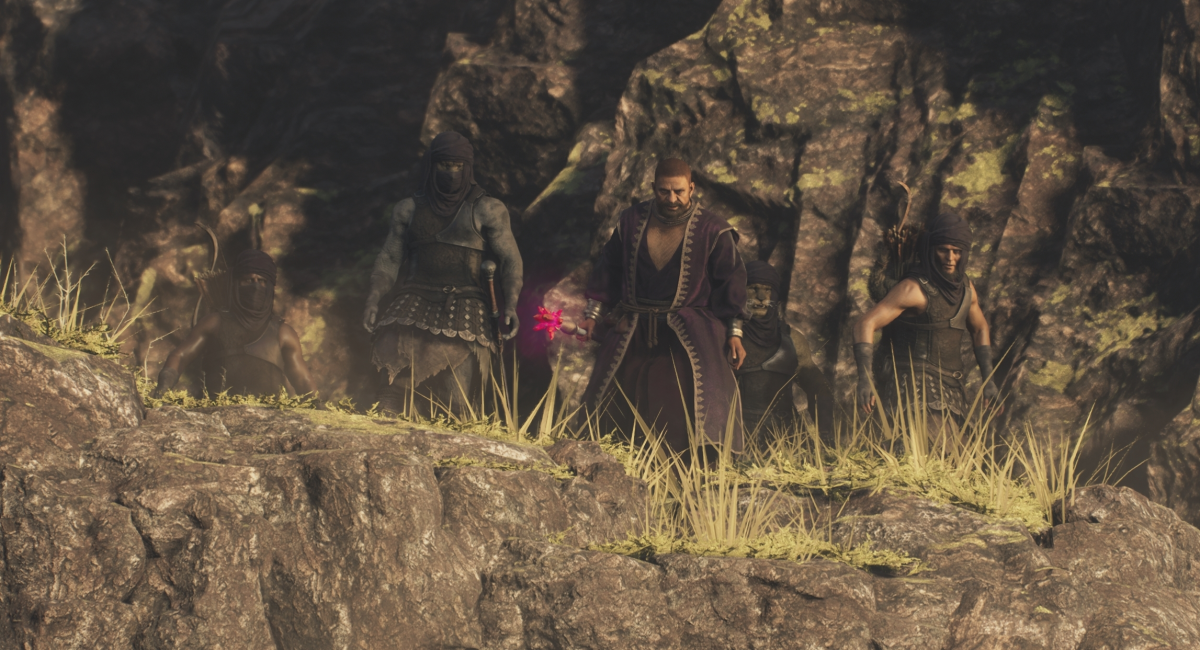

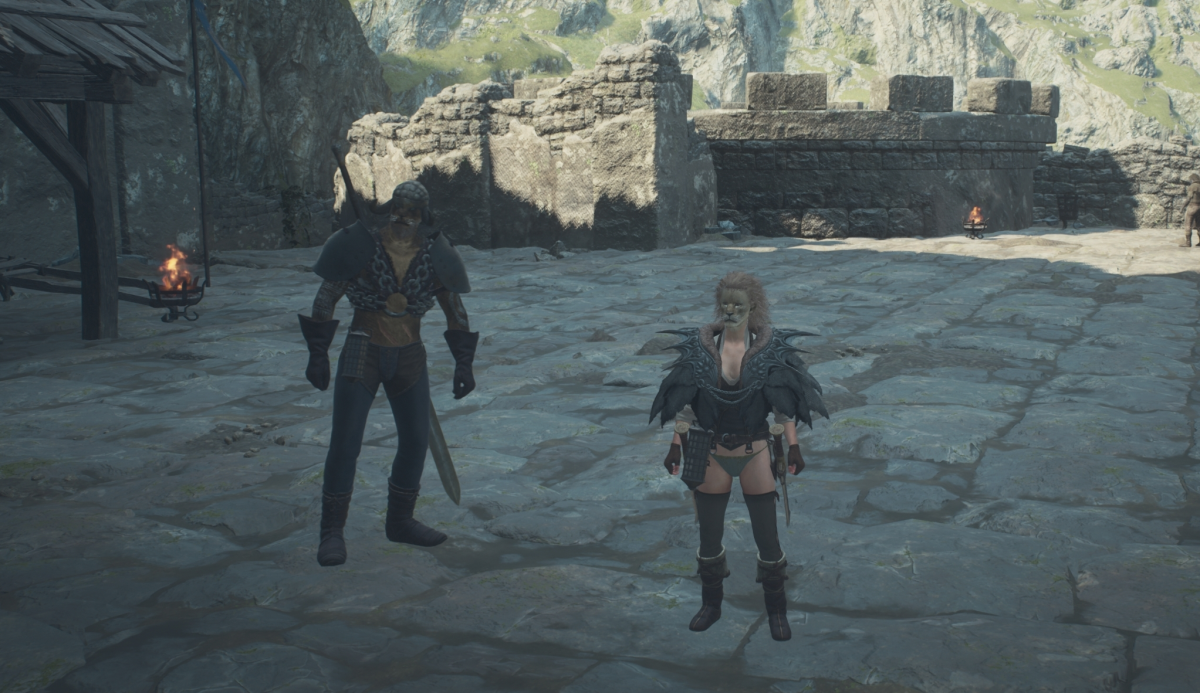
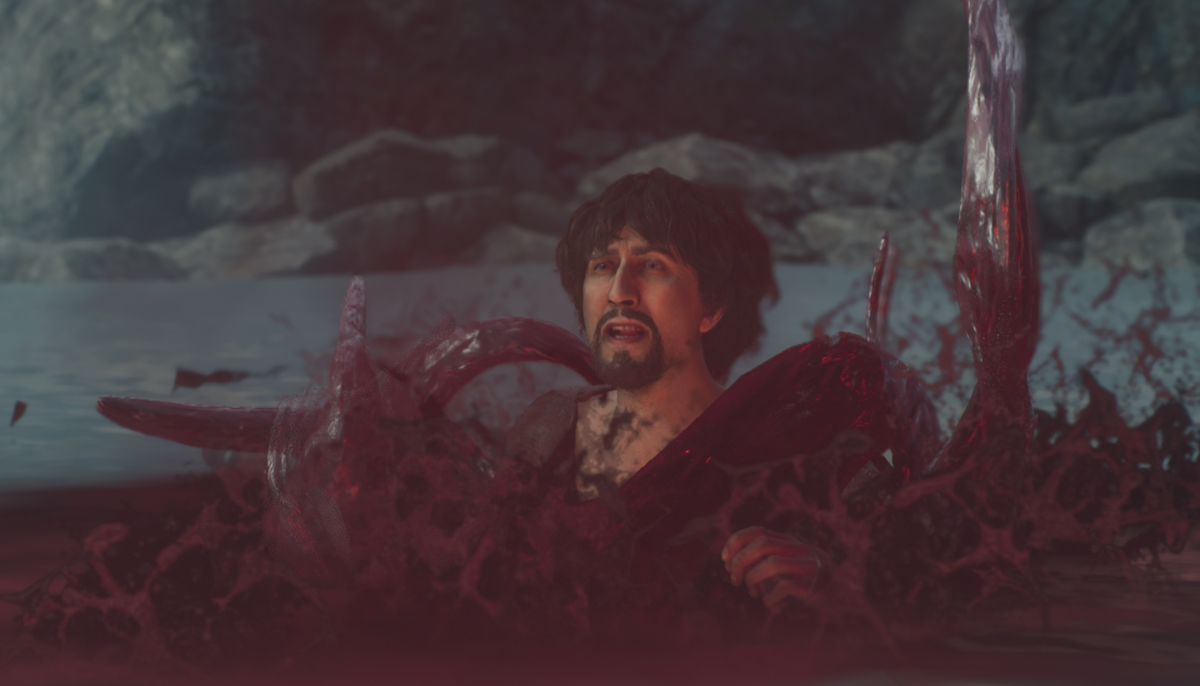

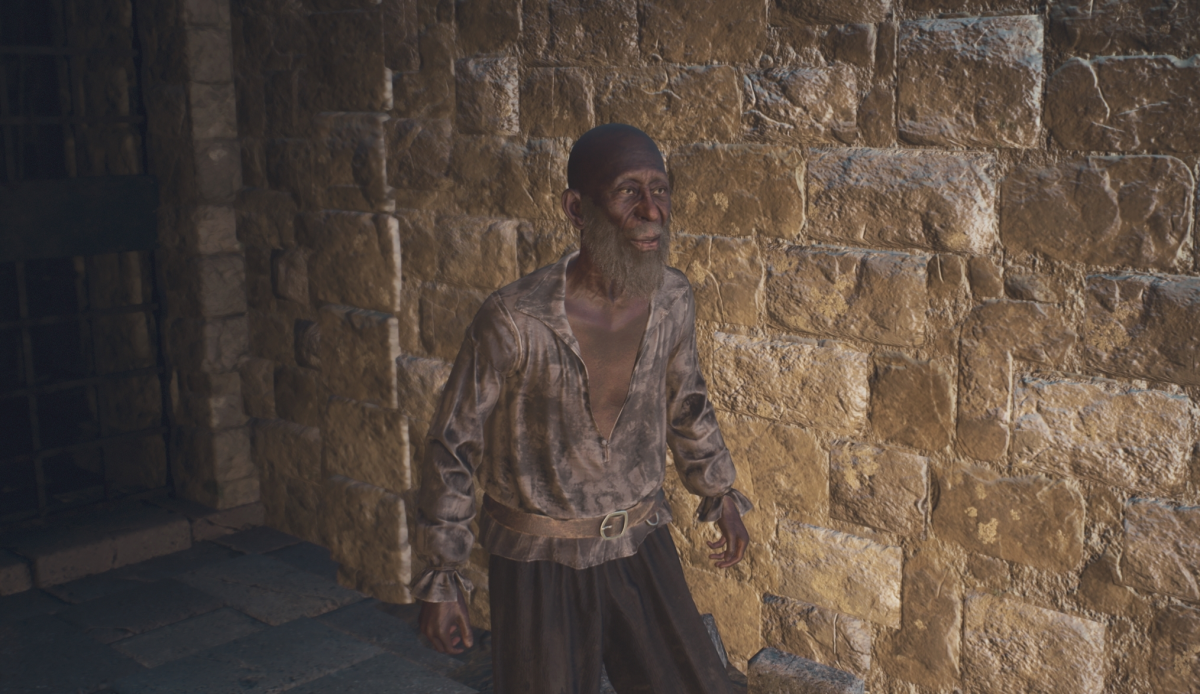
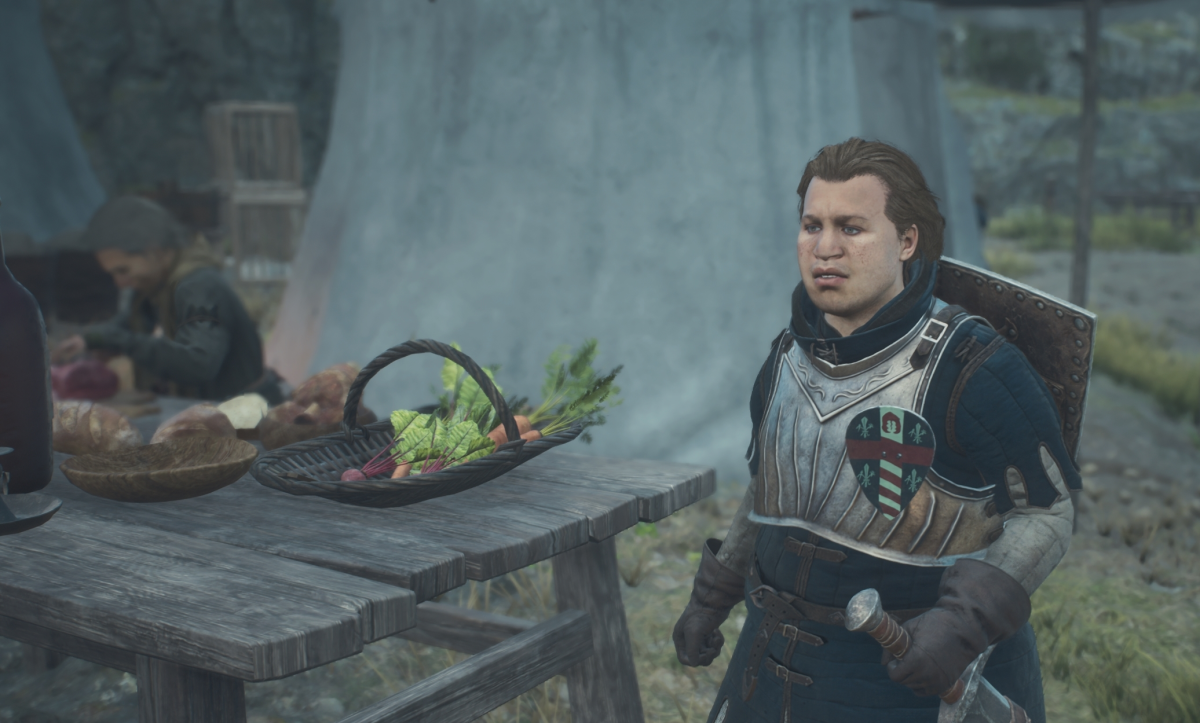
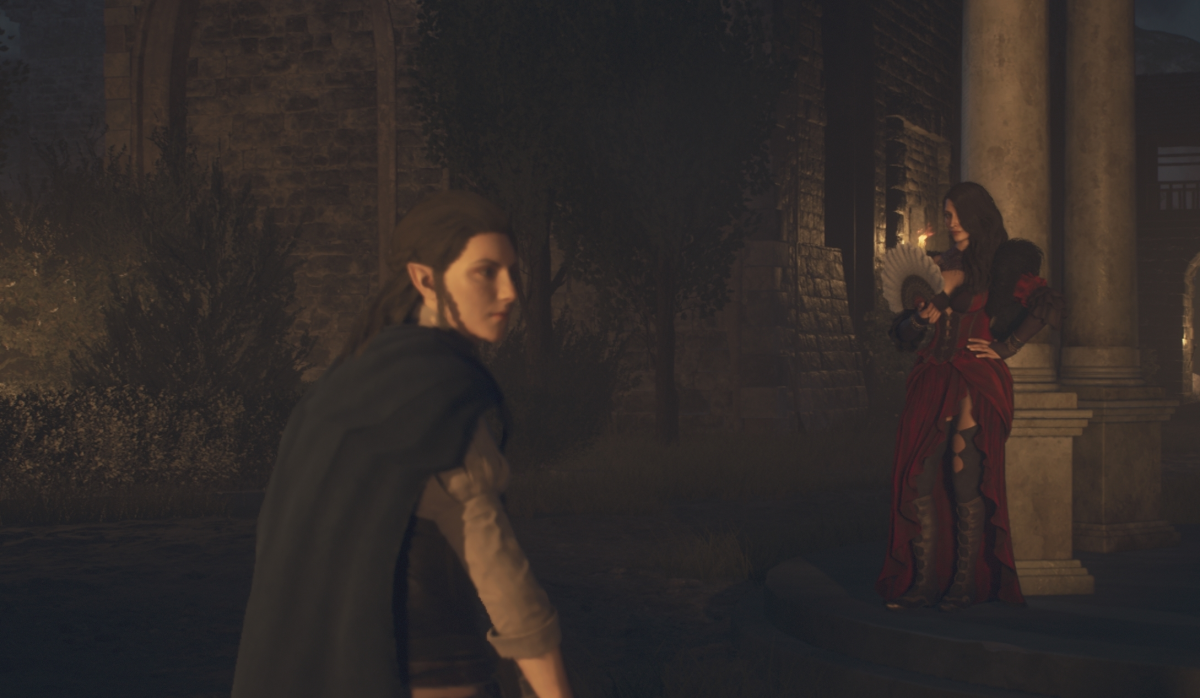

Published: Aug 16, 2021 04:50 pm